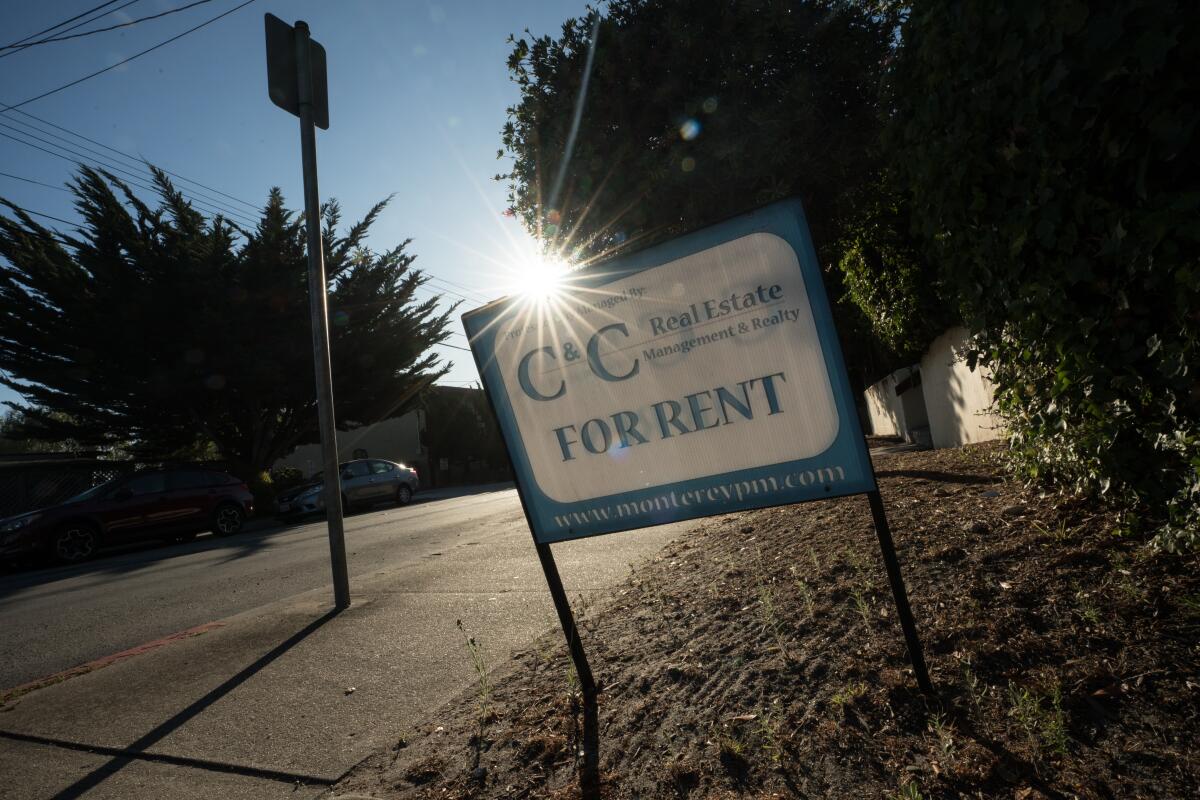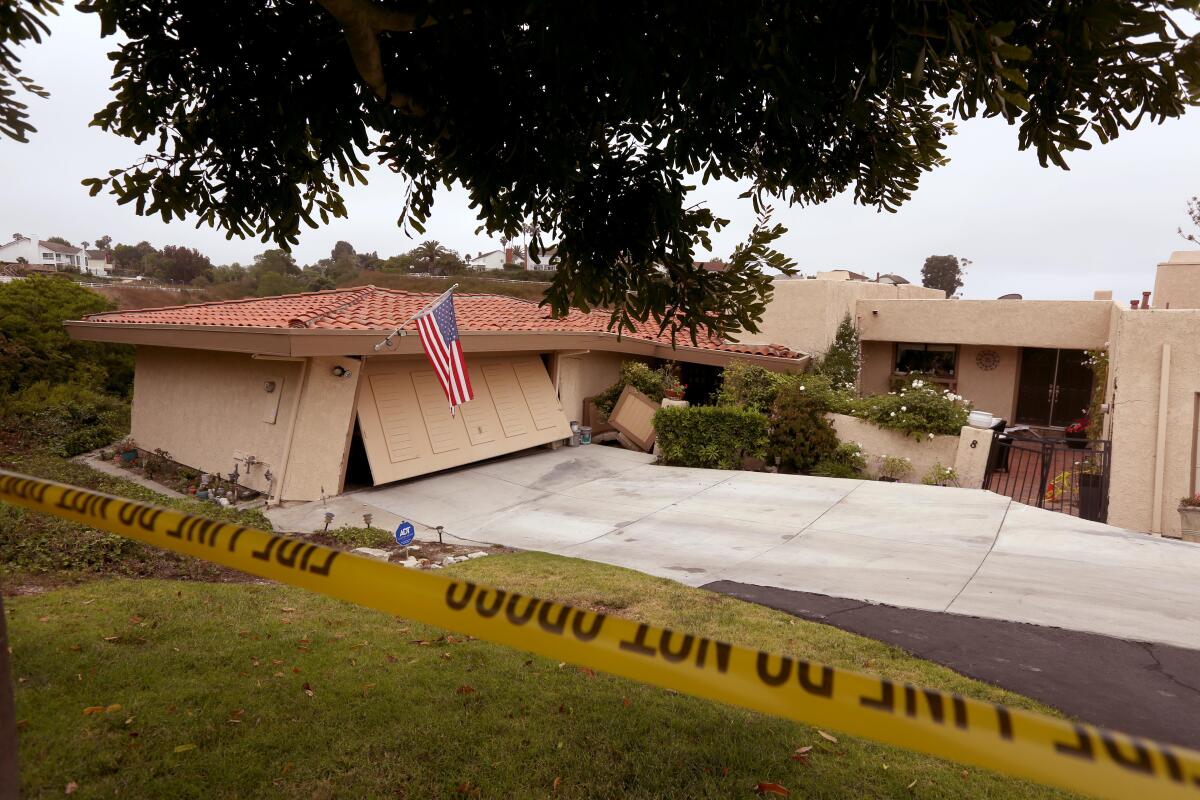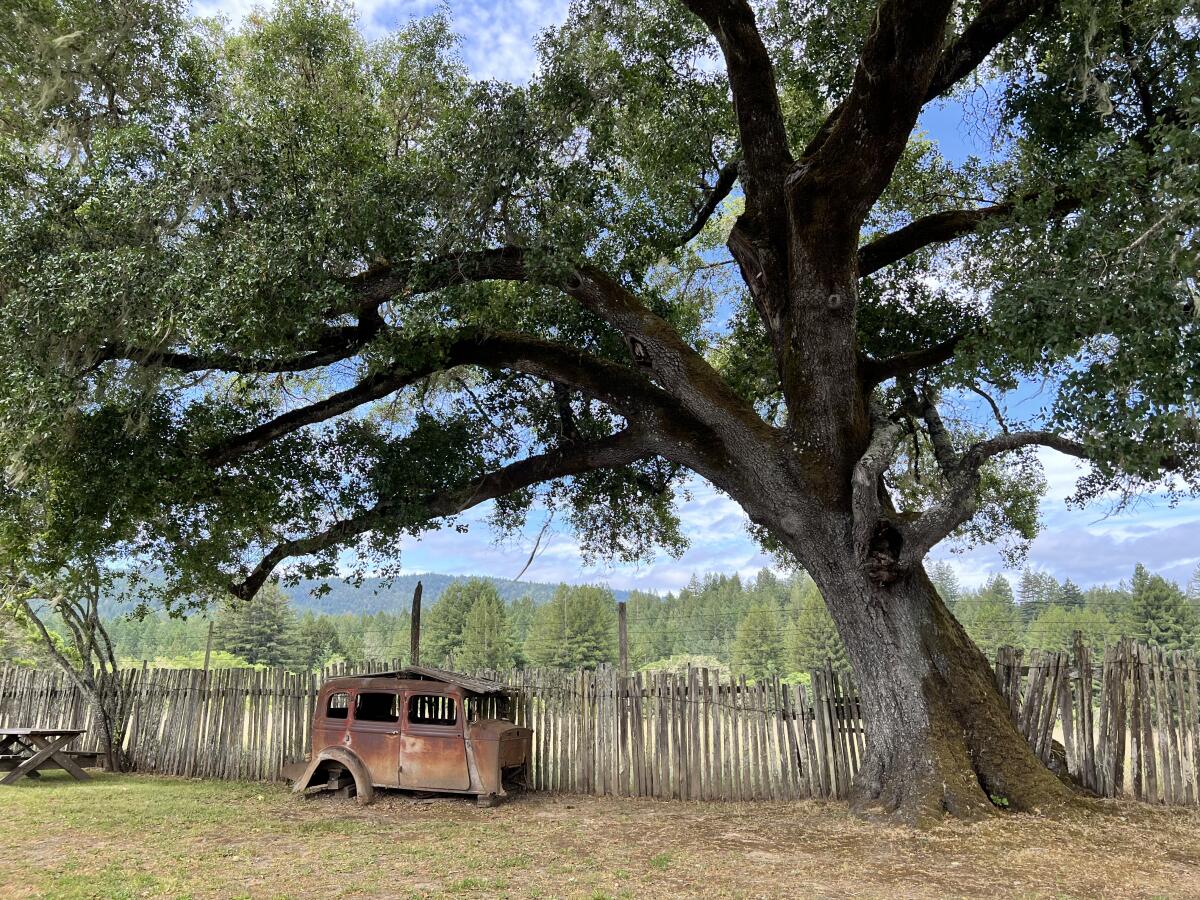You don’t need this report to know California’s housing market is grim, but here you go

- Share via
Good morning, and welcome to the Essential California newsletter. It’s Monday, July 10.
A new Harvard study confirms what most Californians can plainly see: housing is getting increasingly unaffordable in the Golden State, despite more people leaving.
In their 2023 State of the Nation’s Housing report, researchers with Harvard University’s Joint Center for Housing Studies note that the market for both for-sale and rental houses has cooled, though homeowners and renters face costs above pre-pandemic levels.
Home sales and construction are down, slowing price appreciation. The rise in rents has eased, and more apartments are vacant.
Even so, researchers presented a grim reality of housing in 2023:
“Millions of households are now priced out of homeownership, grappling with housing cost burdens, or lacking shelter altogether, including a disproportionate share of people of color, increasing the need for policies to address the national housing shortfall at the root of the affordability crisis.”
The Golden State has been an especially tough place to find a lower-cost apartment.
California “lost an additional 633,000 units renting for between $600 and $1,000 and an astounding 677,000 units renting for $1,000-1,399 — the largest decline of any state,” Sophia Wedeen, a research analyst at the Harvard Joint Center for Housing Studies, wrote in a blog post.
Nationwide, California has experienced “the most notable growth” in homelessness since 2020, the report states.
And an increasing share of people are leaving California. Net moves out of state jumped from 208,000 in 2019 to 340,000 in 2022, according to researchers.
A recent poll found that 4 in 10 state residents had thought about leaving, with about 55% of those surveyed expressing concerns about the costs of healthcare and housing.
So what can we do about it? Like many of our problems, the solution is firmly in the easier-said-than-done category: Build more affordable housing — a lot more.
“In addition to expanding the supply of new homes, improving the existing housing supply is critical,” the report authors wrote. “At 43 years of age, the median home in 2021 was the oldest it has ever been, up from 27 in 1991.”
One complicating factor: the rising risks of climate-related disaster. That’s especially troubling in California, which contains a high concentration of high-risk counties. That was one reason State Farm and All State gave in announcing their recent decisions to no longer sell new home insurance policies in California.
The report also notes that “expanding development will require zoning reform to support a broader range of housing types and investments in off-site construction methods that could reduce development costs.”
Of course, none of this is new to state officials who have been working to boost housing stocks.
“California’s housing crisis is a half century in the making,” officials wrote in the statewide housing plan. “Decades of underproduction underscored by exclusionary policies have left housing supply far behind need and costs soaring.”
The officials called for the state to plan for more than 2.5 million homes over an eight-year cycle. To help get us there, legislators enacted more flexible zoning rules to make it easier to build multifamily housing and for single-family home owners to add ADUs to their property.
But those efforts haven’t always been received enthusiastically. Some cities and residents defied state rules requiring updates planning for growth and affordability, sparking lawsuits.
And despite the demand, California is lagging behind other states in adding to its housing stock. As my colleague Terry Castleman reported in June:
“While California has been slow at adding housing, some of the fastest growth has been happening in the types of places where fleeing Californians have been known to move, including Utah, Idaho and Texas.”
And now, here’s what’s happening across California:
Note: Some of the sites we link to may limit the number of stories you can access without subscribing.
POLITICS AND GOVERNMENT
“More than half a century has passed since California played a decisive role choosing either a Democratic or Republican nominee,” writes Times columnist Mark Z. Barabak. That isn’t expected to change during the 2024 election cycle, despite (and maybe because of) the Golden State’s large population and geographical area. Los Angeles Times
In the race to succeed Sen. Dianne Feinstein’s seat in Congress, the age of Rep. Barbara Lee — who, if elected, would be 78 when sworn in — is causing anxiety among political activists, donors and elected officials. Some who spoke with The Times believe a generational shift is needed to represent younger generations of Californians. Los Angeles Times
CRIME, COURTS AND POLICING
With the 2024 election cycle ramping up, scammers will look to take advantage of the political divide by creating fraudulent political action committees soliciting donations, then pocketing the money. Two California men were sentenced to federal prison this year for doing just that in 2016. Here are tips to make sure you don’t get tricked by similar schemers. Los Angeles Times
More than 11 million cannabis-related arrest and conviction records were expunged in California during the first six months of a system that began in July 2022. That system was launched through AB 1706 — one of several efforts in the state to clear some criminal records following the legalization of cannabis in 2016. KQED
Southern California Edison and two other companies have paid the U.S. government $22 million as part of a settlement to recoup costs related to the 2016 Rey fire. That blaze, which burned more than 32,000 acres in Santa Barbara County, was alleged by government officials to have been caused by a malfunction of SCE’s equipment after a tree fell onto power and communication lines. Los Angeles Times
Support our journalism
HEALTH AND THE ENVIRONMENT

One might assume Rolling Hills Estates is just a name. But twelve homes in the small L.A. County city were evacuated over the weekend after the ground shifted, causing structure damage and leaving some “visibly leaning.” Los Angeles Times
We’ll begin seeing more electric trucks on California’s roads in the coming years, thanks to new mandates to curb harmful diesel air pollution. So what’s it like to drive them? LAist reporter Erin Stone rode around with a trucker who made the switch to see and hear the difference. LAist
CALIFORNIA CULTURE
How’s this for a vacation? A long-haul trucking couple from Florida lost their cat while on a delivery in Orange County and couldn’t find her, despite a desperate search. Ten months later, they received a call: The feline had been found safe, living at a five-star hotel in Laguna Beach. But the cat, named Baby, escaped her rescuers and high-tailed it miles back to the same resort, before being secured again and reunited with her family. Los Angeles Times
San Francisco’s iconic Ferry Building is celebrating its 125th birthday this week. The landmark’s history runs deep, standing at the edge of a man-made shoreline that faces the threats of sea level rise. San Francisco Chronicle
Free online games
Get our free daily crossword puzzle, sudoku, word search and arcade games in our new game center at latimes.com/games.
AND FINALLY
Today’s California landmark is from James Hartmann of Orlando, Fla.: this “truly California view” from a winery in the community of Philo in Mendocino County.

What are California’s essential landmarks? Fill out this form to send us your photos of a special spot in California — natural or human-made. Tell us why it’s interesting and what makes it a symbol of life in the Golden State. Please be sure to include only photos taken directly by you. Your submission could be featured in a future edition of the newsletter.
Please let us know what we can do to make this newsletter more useful to you. Send comments to essentialcalifornia@latimes.com.
Sign up for Essential California
The most important California stories and recommendations in your inbox every morning.
You may occasionally receive promotional content from the Los Angeles Times.







